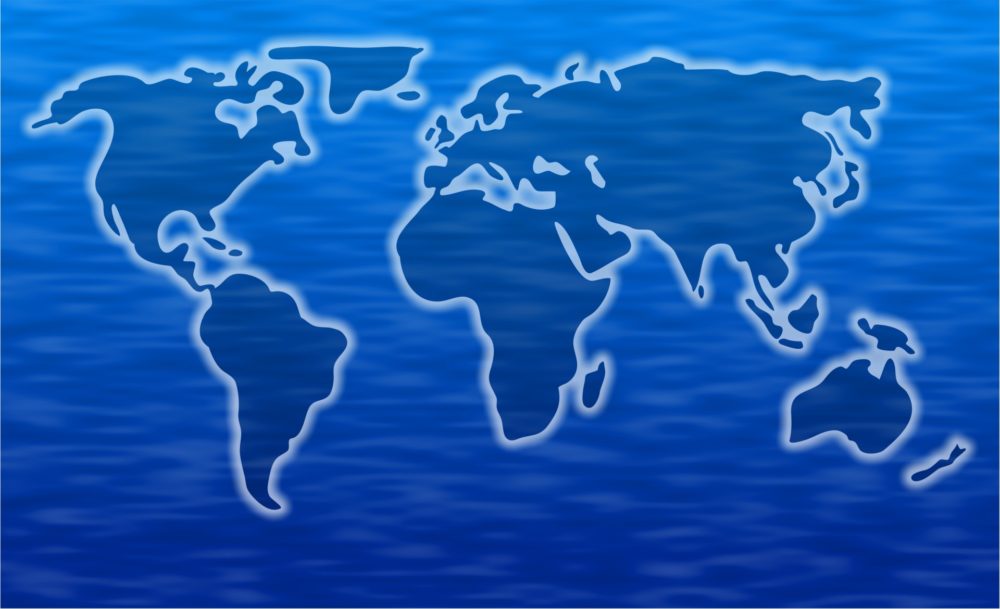This is the third of four articles in a series on how President Barack Obama’s trade agenda is shaping up. Today’s report focuses on one key decision that the president will have to make personally. Obama is being asked by the United Steelworkers union to decide by mid-September to roll back imports of automobile tires from China. The US International Trade Commission recommended last month that the president slap on stiff 55% tariffs on the Chinese tires, which would almost certainly knock them out of the US marketplace (the tariffs would decrease to 45% next year, and to 35% in 2011, when the plan would end). On Friday, the office of US Trade Representative Ron Kirk will hold a public hearing on the matter, after which Kirk will send his own advice to the White House. For the steelworkers, who worked overtime to help put Obama in the Oval Office, it’s looking like Payback Time.
But for the president, it’s not so simple. Obama’s political problem is that the US statute he must apply requires him to consider the broader American national economic interest, not just the narrower interest of the steel lobby. The bottom line: Given the basic economic forces that are driving the global tire industry, it appears highly unlikely that any trade restraints on Chinese tires would save more than a handful of American steelworkers’ jobs. But it is likely that such tariffs or quotas would also throw thousands of other Americans out of work. The steelworkers are loathe to acknowledge such unpleasant economic facts of life. But some of the threatened jobs would obviously involve members of other unions, including longshoremen who earn their paychecks by unloading cargo at US ports of entry, and teamsters who deliver the tires to well-known US retail outlets like Tire Kingdom and Merchants. Meanwhile, the steelworkers express no sympathy for the the jobs of the non-union workers who sell tires to American consumers — workers who could be collecting unemployment checks by Christmas. In the USW’s eyes, such Americans are traffickers in goods from communist China, and shouldn’t have their jobs in the first place.
Apart from the high economic and political stakes, this case has raised ethical eyebrows in the international trade bar, which is normally marked by civility. Leo Gerard, the steelworkers’ president, has misrepresented the nature of the litigation, while questioning the patriotism of lawyers who represent clients who are opposing the steelworkers in the tire case. A group of Gerard’s allies in the congressional steel caucus have even written a letter to the Government Accountability Office calling for an investigation of some of the lawyers who oppose the steelworkers in the tire case. This in turn raises questions about the ethical perceptions of Terrence Stewart, the veteran Washington trade lawyer who represents the steelworkers and who, with Gerard, has crafted the litigation strategy. Stewart declines comment on whether he encouraged his clients to question the ethics and patriotism of other members of the bar, or whether he has just sat back and let it happen. Stewart perhaps revealed his true sympathies when he declined an invitation to say, for the public record, that he considers the lawyers who are on the other side of his tires case to be respected members of the bar who do not deserve to be tainted because of who they represent. In short, while the available public record turns up no evidence to accuse Terrence Stewart personally of engaging in unethical conduct, the insinuations that his clients and their supporters in the congressional steel caucus have made carry a familiar odor. For those who know their Washington lobbying history, the newest steelworkers’ smear campaign against those who cross them has a familiar smell.
Here’s the story. [Fair journalistic warning: it takes some length to get the context right and provide readers with enough details to enable them to make up their own minds. But at least the tale is easily broken down into bite-sized chunks, if not sound-bites.]
*** Continue reading
